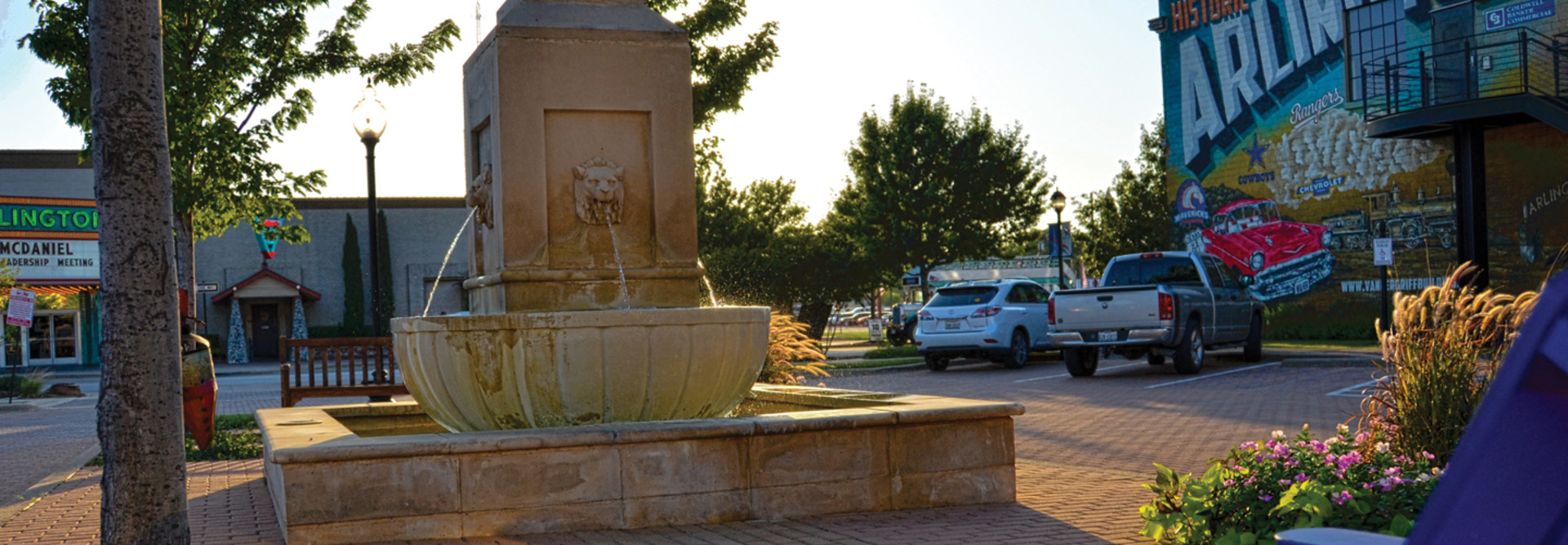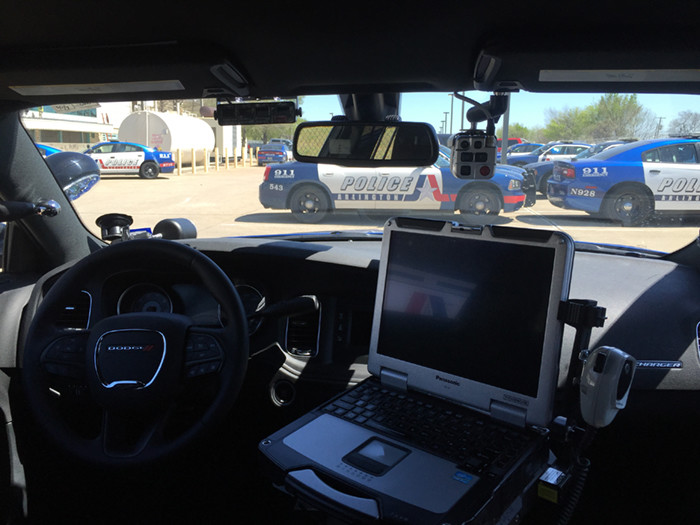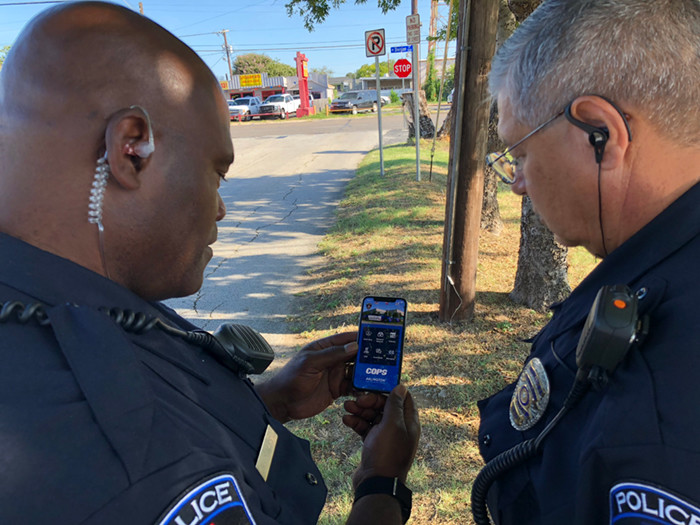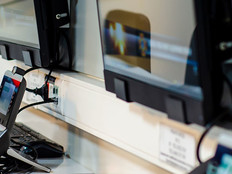FirstNet Supports Improved Connectivity for First Responders
With support from city officials, the department has made FirstNet implementation a top priority. Deployed by AT&T, FirstNet leverages a dedicated spectrum known as Band 14 to give public safety officials ready access to fast, reliable broadband connections.
“More than anything, we are interested in connectivity,” says Deputy City Manager Gilbert Perales. “Any time the police can access information that assists them in doing their job, that is really crucial.”
Arlington’s police force leveraged FirstNet early, implementing it in 2018 in support of its body-worn and in-car cameras. “Because it supports both cellular as well as Wi-Fi, the body cam is always connected,” Dove says. “When we upgraded to FirstNet, we immediately got better service, whether it’s phone calls at the Dallas Cowboys’ AT&T Stadium, Six Flags over Texas or the Rangers’ Globe Life Park, or streaming drone footage from a critical incident.”
FirstNet officials say that’s just what they were aiming to bring to public safety agencies. “Reliability has always been a top priority for public safety,” says First Responder Network Authority CEO Edward Parkinson. “The FirstNet Authority worked closely with public safety to design and deliver a reliable, secure network to meet their unique communications needs.”
In its initial smartphone implementation, the hardware literally paid for itself and then some. AT&T FirstNet offered the city the Apple iPhone XR at 99 cents with a $200 rebate, “so that paid for a few months’ worth of services,” Dove says.
The biggest advantage has been the ready availability of bandwidth, something the department didn’t have before FirstNet. “When you are on a commercial network, it throttles: You are fine for a while and then it takes a big hit,” Dove says. “FirstNet isn’t allowed to throttle us, and we’ve reviewed it to make sure they don’t. That is a huge advantage. The connectivity is there, the bandwidth is there.”
READ MORE: Find out how law enforcement can benefit from driver assist technologies.
City Police Maintain Connectivity in the Field
The department has also turned its attention to internal connectivity, looking for new ways to ensure officers on the street can access the information they need in real time.
The department already equips its fleet of cruisers with 235 laptop devices. While the Dell Latitude 14 Rugged Extreme 7414 can access a wealth of departmental information, officers aren’t always in their cars. “If the officer walks to the front door or a manager is called from home, they are not going to carry their laptop, so we wanted a way to look up information on both a personal phone and department-issued phone,” Dove says.













